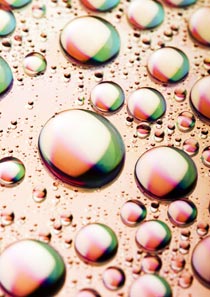What is Mercury and how is it used? Mercury is a liquid metal found in natural deposits as ores containing other elements. Electrical products such as dry-cell batteries, fluorescent light bulbs, switches, and other control equipment account for 50% of mercury used. Why is Mercury being regulated?In 1974, Congress passed the Safe Drinking Water Act. This law requires EPA to determine safe levels of chemicals in drinking water which do or may cause health problems. These non-enforceable levels, based solely on possible health risks and exposure, are called Maximum Contaminant Level Goals. The MCLG for mercury has been set at 2 parts per billion (ppb) because EPA believes this level of protection would not cause any of the potential health problems described below. Based on this MCLG, EPA has set an enforceable standard called a Maximum Contaminant Level (MCL). MCLs are set as close to the MCLGs as possible, considering the ability of public water systems to detect and remove contaminants using suitable treatment technologies. The MCL has also been set at 2 ppb because EPA believes, given present technology and resources, this is the lowest level to which water systems can reasonably be required to remove this contaminant should it occur in drinking water. These drinking water standards and the regulations for ensuring these standards are met, are called National Primary Drinking Water Regulations. All public water supplies must abide by these regulations. What are the health effects?短期或长期:环保局发现mercury to potentially cause the following health effects when people are exposed to it at levels above the MCL for relatively short periods of time: kidney damage. How much Mercury is produced and released to the environment?Large amounts of mercury are released naturally from the crust of the earth. Combustion of fossil fuels, metal smelters, cement manufacture, municipal landfills, sewage, metal refining operations, r most notably, from chloralkali plants are important sources of mercury release. Nearly 8 million lbs. of mercury were produced in the U.S. in 1986.
|
